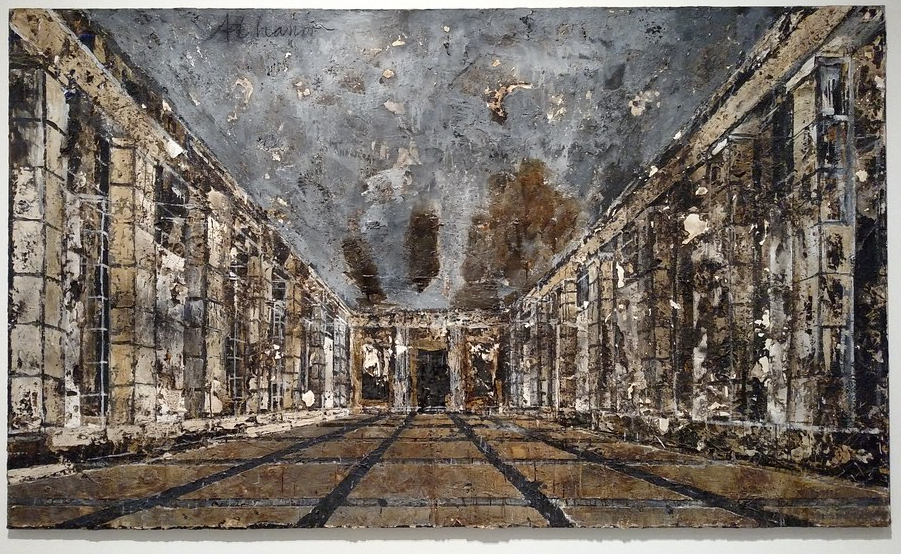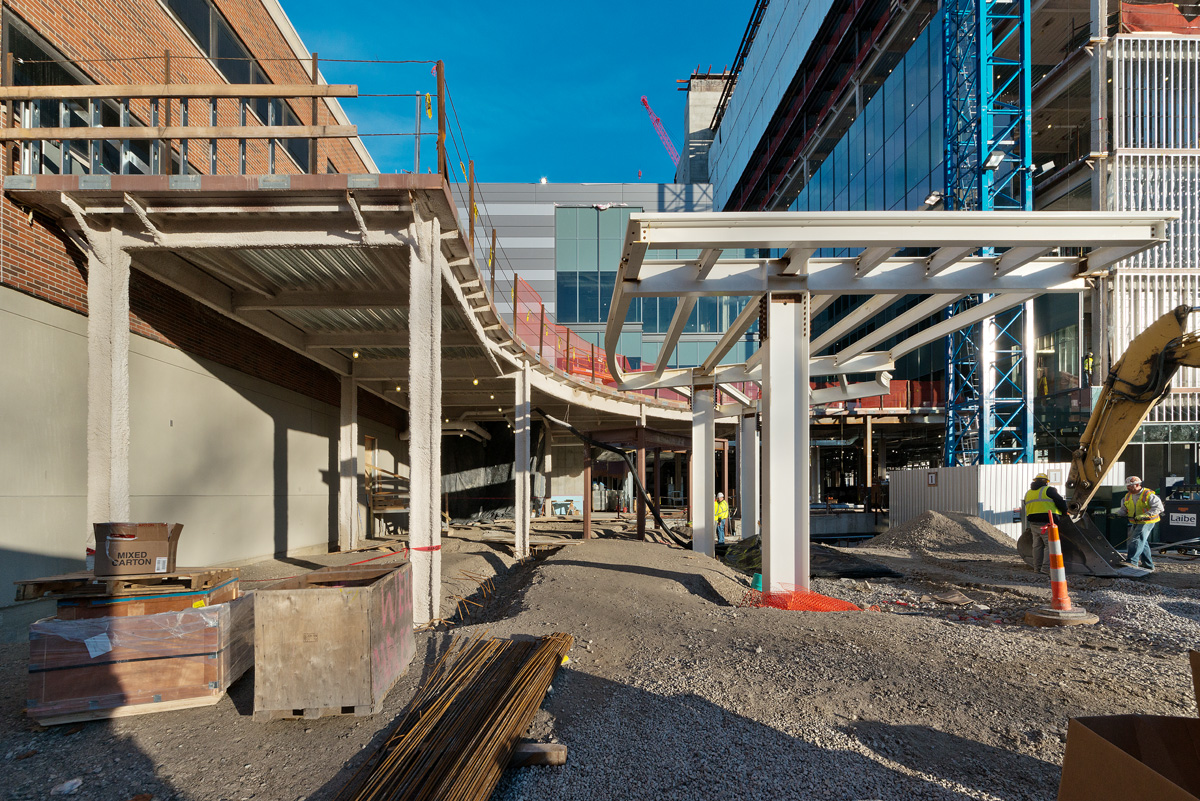Sharpen Your Safety Vision: Using Design Principles to Spot Hazards
Many safety professionals rely on checklists or specific hazard identification methods. However, what if there was a way to empower your employees to see hazards more effectively themselves?
This is where Visual Literacy comes in. It equips workers with the skills to analyze their surroundings, identify both obvious and subtle threats, and ultimately, make safer decisions.
COVE’s Visual Literacy Workshops go beyond basic hazard recognition. Here, we explore how core Principles of Design can enhance your team’s safety awareness.
Understanding the Principles of Design
In the art world, artists use Principles of Design to guide viewers’ eyes and create specific effects. Two key principles are:
- Movement: The visual path your eyes follow throughout the scene.
- Rhythm: Repetition of elements (lines, shapes, colors) to create a sense of movement.
Let’s see how these principles apply to safety:
Example 1: Painting Analysis (Athanor by Anselm Kiefer)

Keifer, Anselm. Athanor. 1983-1984, The Toledo Museum of Art, Toledo, Ohio
Notice how your eyes are drawn towards the center? The artist uses repetition of arches (rhythm) and leading lines (movement) to control your initial view.
Applying this to Safety:
Think about a construction site. Often, disruptions in the visual “flow” can indicate potential hazards.
Example 2: Construction Site Photo

Source: Google Images
Compare this photo to the painting. Your eyes might first follow the curve to the center, or the dirt path and beams. However, something disrupts the flow – the rebars on the left. While not necessarily a hazard, this disruption raises awareness.
Visual Literacy: More than Just Movement
While movement is valuable, Visual Literacy offers a toolbox of techniques. Applying additional principles and tools like “Seeing the Whole PICTURE®” and the “Elements of Art” will reveal even more potential hazards.
Your Turn: Practice Visual Thinking
 Source: Google Images
Source: Google Images
Take a moment to observe this photo. Don’t actively search for hazards – just let your eyes naturally move across the scene.
- Where did you start looking?
- Was the visual flow smooth, or were there disruptions?
- How did the flow or disruptions help you identify potential hazards?
Beyond Checklists: Empowering Safer Decisions
Visual Literacy empowers workers. Instead of relying on checklists, they develop critical thinking skills to analyze any situation and identify potential risks.
COVE’s Commitment to Safety
We believe all accidents are preventable. By training your workforce in Visual Literacy, you equip them to see hazards more clearly and make informed decisions.
Share Your Thoughts!
We’d love to hear from you! Tell us about the visual flow in the final image, what hazards you identified, and how the movement impacted your observations. Leave a comment below or email us at info@covectr.com.




